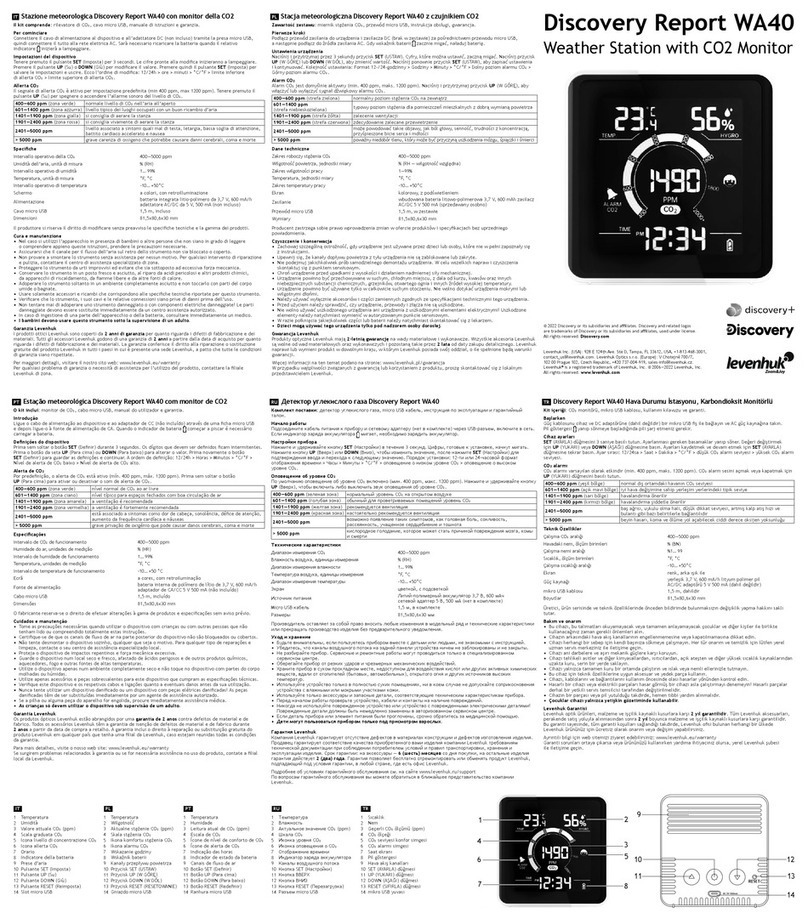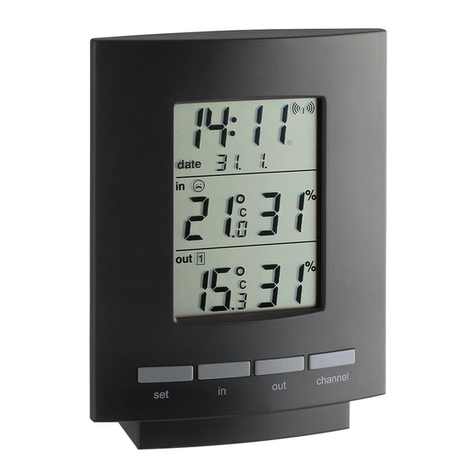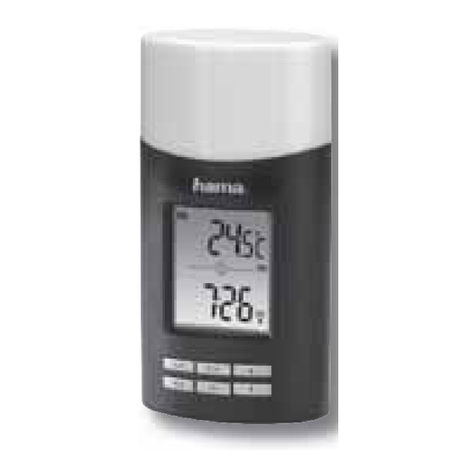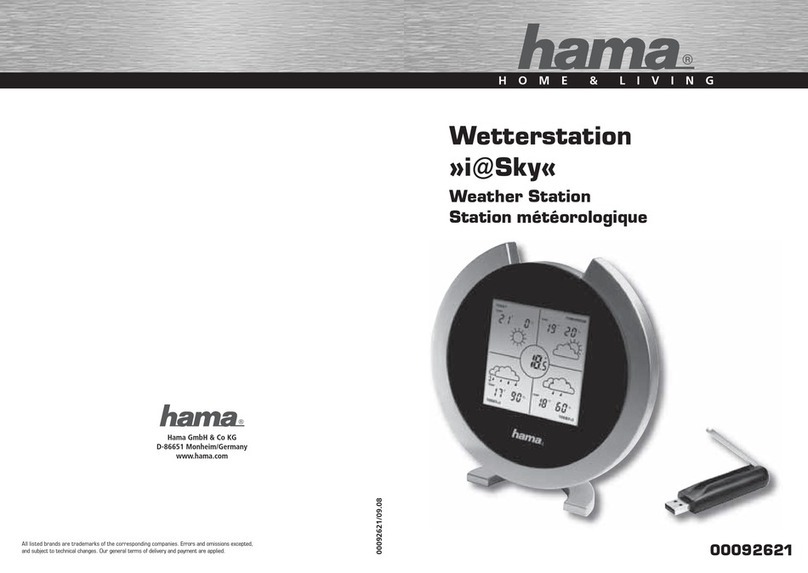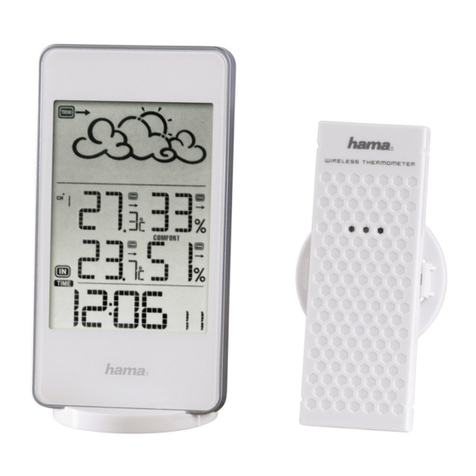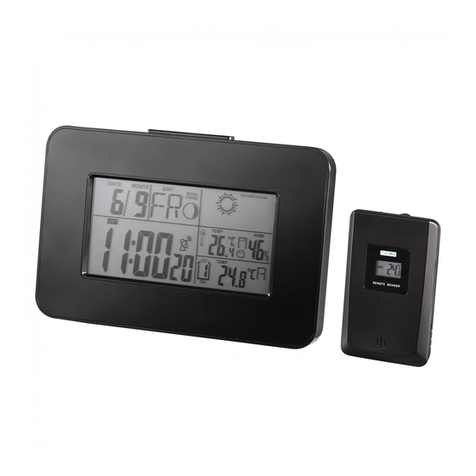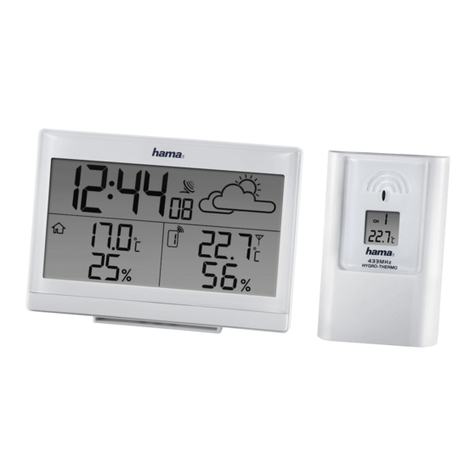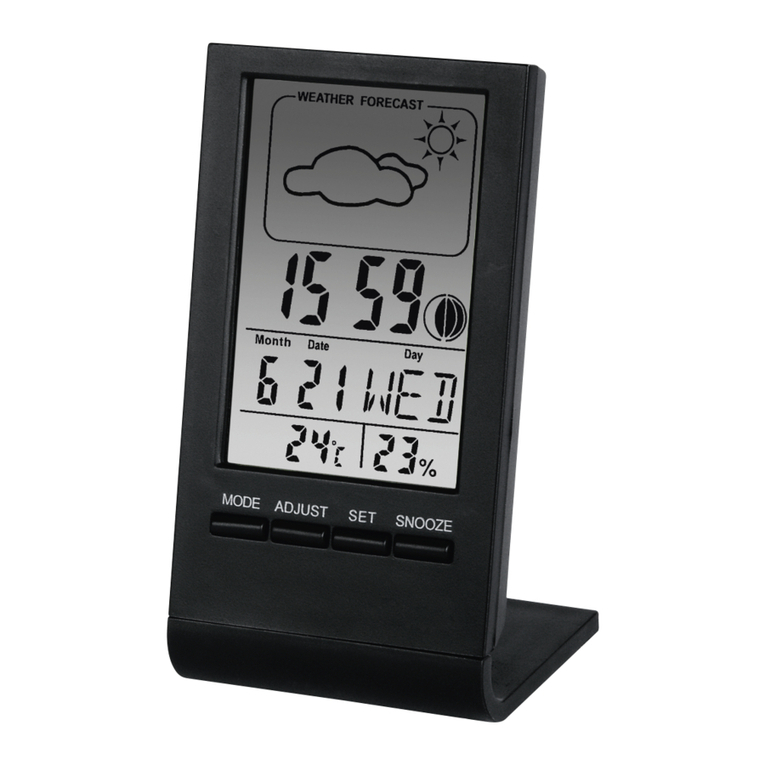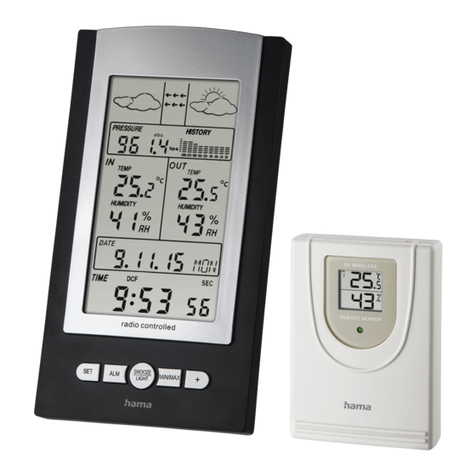
3
Leave any and all service work to qualied experts.
•Keep the packaging material out of the reach of children
due to the risk of suffocation.
•Dispose of packaging material immediately according to
locally applicable regulations.
•Do not modify the product in any way. Doing so voids the
warranty.
•Use the product for its intended purpose only.
•Protect the product from dirt, moisture and overheating,
and only use it in a dry environment
•Keep this product, as all electrical products, out of the
reach of children!
•Use the item only in moderate climatic conditions.
Warning – Batteries
•When inserting batteries, note the correct polarity
(+ and - markings) and insert the batteries accordingly.
Failure to do so could result in the batteries leaking or
exploding.
•Only use batteries (or rechargeable batteries) that match
the specied type.
•Before you insert the batteries, clean the battery
contacts and the polar contacts.
•Do not allow children to change batteries without
supervision.
•Do not mix old and new batteries or batteries of a
different type or make.
•Remove the batteries from products that are not being
used for an extended period (unless these are being kept
ready for an emergency).
•Do not short-circuit batteries.
•Do not charge batteries.
•Do not throw batteries in a re.
•Keep batteries out of the reach of children.
•Never open, damage or swallow batteries or allow
them to enter the environment. They can contain toxic,
environmentally harmful heavy metals.
•Immediately remove and dispose of dead batteries from
the product.
•Avoid storing, charging or using the device in extreme
temperatures and extremely low atmospheric pressure
(for example, at high altitudes).
4. Getting started
Note
Before use, make sure that you insert the batteries in the
measuring station rst and then in the base station.
4.1 Measuring station
•Open the battery compartment (21) and insert two
AA batteries with the correct polarity into the battery
compartment.
•Use the slide switch (20) to select the channel that the
respective measuring station is to use for transmission.
Each of the three measuring stations must use a different
channel!
•Close the battery compartment.
4.2 Base station
•Open the battery compartment (15) and insert three
AAA batteries with the correct polarity into the battery
compartment.
•Then close the battery compartment cover.
4.3 Replacing the batteries
Note – Replacing the batteries
•Note that the stations have to be resynchronised each
time after you change the batteries in the measuring or
base station.
•To do this, remove the batteries from the other station
and then reinsert them, or change them as required.
Measuring station
•If the symbol is displayed on the basis station in the
measurement values area of one of the three measuring
stations (5/6/7), replace the two AA batteries of the
affected measuring station with two new ones.
•Open the battery compartment (21), remove and properly
dispose of the depleted batteries, and insert two new AAA
batteries with the correct polarity. Then close the battery
compartment cover.

